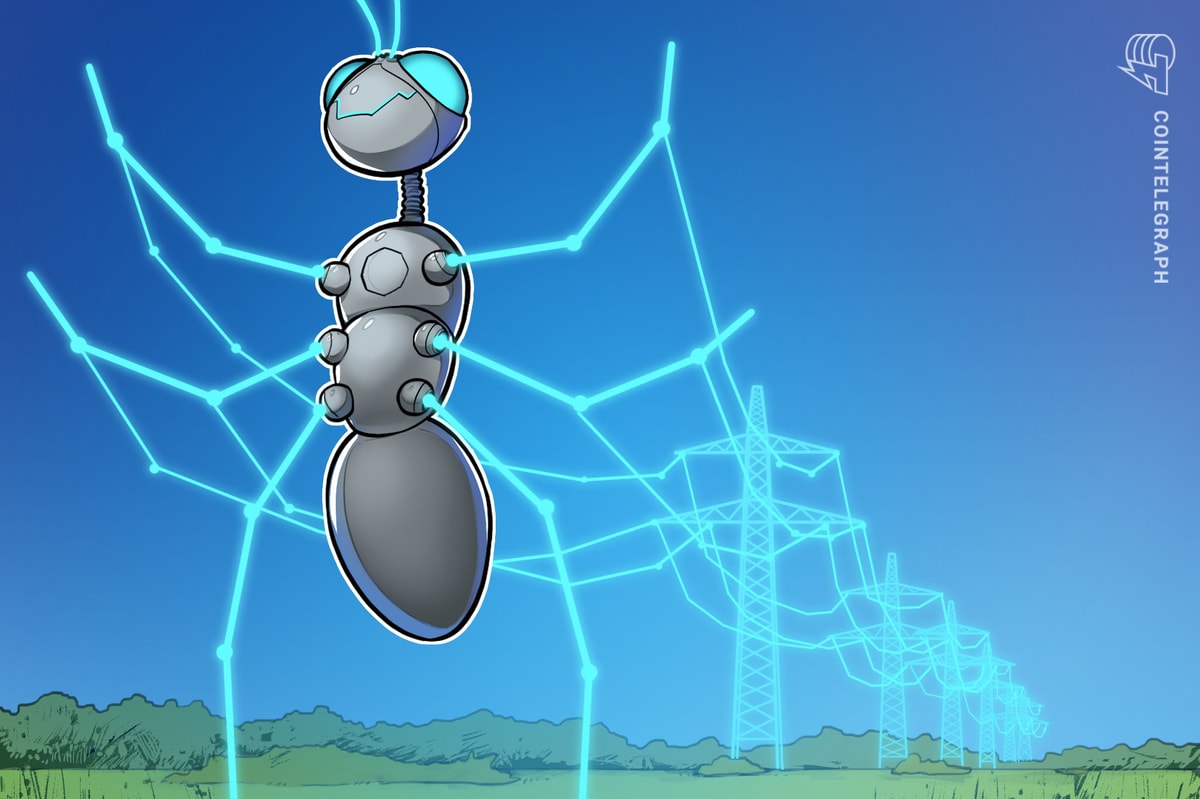For as long as societies have had functional financial systems, the opacity of financial institutions has been a shield for those seeking to partake in an unscrutinized activity or pursue ill-gotten gains.
Not only is transparency a prerequisite for fairness, but a transparent financial system reveals structural deficiencies which can lead to earlier diagnosis of stress and ultimately prevent system failure. The financial crash of 2008, in particular, offers a visceral example of an instance where an absence of transparency resulted in trillions of lost value and innumerable personal financial tragedies.
Paradoxically, the solution to traditional finances’ transparency deficit may lie in the failure of some of DeFi’s most prominent names. While many are fixated on the negative implications of these failures, they have a silver lining: The inherent transparency and immutability of DeFi’s smart contracts mean that, on the blockchain, bad fundamentals are more difficult to hide.
The problems with opacity
To underscore the severity of the problems created by a lack of market transparency, consider the issues that compounded the 2008 crisis. In that instance, collateralized debt obligations, built atop a mountain of wobbly mortgages and unchecked leverage, were bound to collapse. So what did the banking sector do? Instead of addressing the dislocations, they opted to perpetuate the profitable status quo and pivot away from transparency. Rating agencies propagated artificially inflated bond ratingsthat hid the underlying instability, and banks relied on that misclassified debtto bolster their own apparent solvency.
Ultimately, this appearance of legitimacy was nothing more than a facade. In truth, the foundations of the financial system had been eroding for years, but no one had the ability to see the full picture. In the decades that it took for the false narrative of stability to collapse, many sectors of the economy had become intertwined with this unsustainable system. By the time Lehman Brothers failed and the collapse began in earnest, it was too late to disentangle responsible investments from the reckless. The result was the largest financial crash since The Depression.
Unlikely alternatives
Despite our best efforts, it’s hard to look beyond the immediate flames and billowing smoke of the financial ruins that result from these epic crashes. Recently, we’ve watched the disintegration of Celsius, Voyager and others as if it were a car crash in a breathless panic waiting for the next edifice to fall.
In this case, however, we can see the seeds of a solution in these unlikely places. Instead of bemoaning the bad behavior and its results, what we should be doing is appreciating that in this case, the system did its job. The real story here is not that these systems collapsed. It’s that they did so quickly, and efficiently.
The issues with these DeFi institutions were rooted in practices that could simply not be sustained on an open and accessible blockchain. The openness of blockchain technology underlying the transactions at issue meant that investors could quickly see and judge the impact of their troubled investments on these organizations’ balance sheets. Likewise, it was immediately apparent how trouble in one portfolio would affect the solvency of another. So when one company could not meet its debt obligations, the diffusion of that data across the system was swift and just what we needed.
I would never underplay the devastating financial consequences that these collapses had for so many individuals, but it’s worth spending some time considering the alternative scenario. In the months it took for the recent DeFi crash to run its course, we saw significant losses across DeFi protocols — equivalent to around 68% of pre-crash value.
Now imagine that these imbalances had remained hidden for several decades. DeFi markets would not have survived as we know them. Notwithstanding the pain that came with those disclosures, the transparency inherent in blockchain that brought these failings to light quickly may have been a factor in ensuring the survival of the system as a whole.
Building For The Future
There are certainly lessons to be learned that will guide us in the future. Specifically, we should adopt the particular characteristics inherent in DeFi that fueled the early diagnosis and breakdown as the building blocks of an improved financial architecture. We should double down on the DeFi ethos of decentralization. Instead of quasi-centralized crypto banks, we should prioritize the construction of decentralized, self-executing systems.
Secondly, developers must build features that both facilitate transparency and make financial data actionable for all types of investors. It is no use having transparency if we do not also offer the tools needed to interpret raw data. That means augmenting DeFi’s transparency with two debt fundamentals whose worth has been proven in traditional financial markets.
The first building block for establishing sustainable decentralized debt markets will be a yield curve that outlines risk-free rates across different maturities. In traditional markets, traders and investors look to the yield curve as an indicator of market expectations. This rate structure is hugely important in establishing the time value of money. In traditional debt markets, every other rate is calculated as a spread to the risk-free rate of the same maturity. Likewise, in a functioning decentralized debt market, the risk-free yield curve will provide the base rate for all borrowing and lending occurring within the ecosystem.
Second, once a yield curve is established, credit rating mechanisms — a major failing point in the 2008 crisis — will complete the formula for determining any borrowing or lending rate in DeFi, combining the inherent risk of the borrower with the time value embodied by the yield curve. The importance of credit in DeFi cannot be understated. Once credit rating is established, lenders will have full viability into the bayesian tradeoffs inherent in the DeFi lending market.
With these two credit fundamentals in DeFi, coupled with the inherent strengths of blockchain decentralization, transparency and immutability, we could see global debt markets move to a better technology platform, embracing a financial structure that may be far more resilient than those of the past.
Brent Xu is the founder and CEO of Umee.
This article was published through Cointelegraph Innovation Circle, a vetted organization of senior executives and experts in the blockchain technology industry who are building the future through the power of connections, collaboration and thought leadership. Opinions expressed do not necessarily reflect those of Cointelegraph.
Learn more about Cointelegraph Innovation Circle and see if you qualify to join











